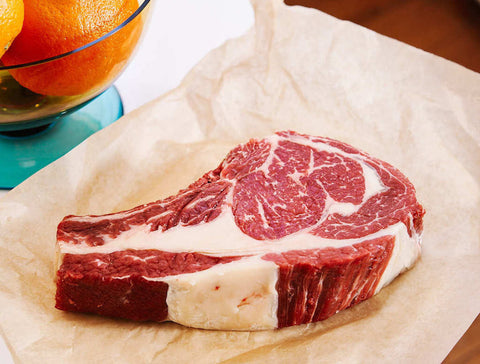Before you go shopping for beef you must first have an understanding what each cut is good for. There is no point in getting home with a great prime cut and sticking it in the slow cooker or on the other hand trying to pan fry a piece of meat that should be done low and slow.
The first thing you must think about when buying your cut of meat is where on the animal that cut comes from. Different parts of the animal are good for different types of cooking. Thinking logically about the animal and it’s movements you begin to get an understanding of the properties of the different muscles. The harder working muscles from the neck, leg or shoulder regions provide great taste and have good fat content. These cuts are great for low and slow cooking such as your casseroles or pot roasts. The less worked muscles such as the rump or the Rib eye have heaps of flavour and can be grilled or roasted. Then there is the muscles that do little to no work such as the eye fillet or the sirloin(porterhouse), these muscles are great for you quick cook in the pan or grill.
Beef can be broken down simply into three sections. The front end or fore end of the animal, the Middle cuts, and the back end or hind of the animal. The fore end of the animal is where you will get the majority of your fatter cuts of meat and these muscles have a lot more flavour. The fore end is also where the majority of the animals movement is, hence this leads to increased muscle bulk and in turn fat and marbling. The meat from this area of the animal generally has to be cooked low and slow and the extra fat content in the meat helps keep it moist during cooking. While these cuts of meat are usually the cheaper cuts if done right they can produce outstanding flavour and texture.
The middle cut of the animal is where the high quality prime cuts come from such as your eye fillet or porterhouse. These lesser worked muscles don’t have as heaver flavour as others and are a tender steak when quickly cooked.
Finally the hind of the animal. These muscles generally have less fat running through them. These muscles are great for pot roast or if leaned our good for quick cooks such as stirfry. If you are using these muscles for a pot roast you must remember to keep a good layer of fat on the outside of the piece of meat while making sure there is plenty of fluid throughout the cooking process.







